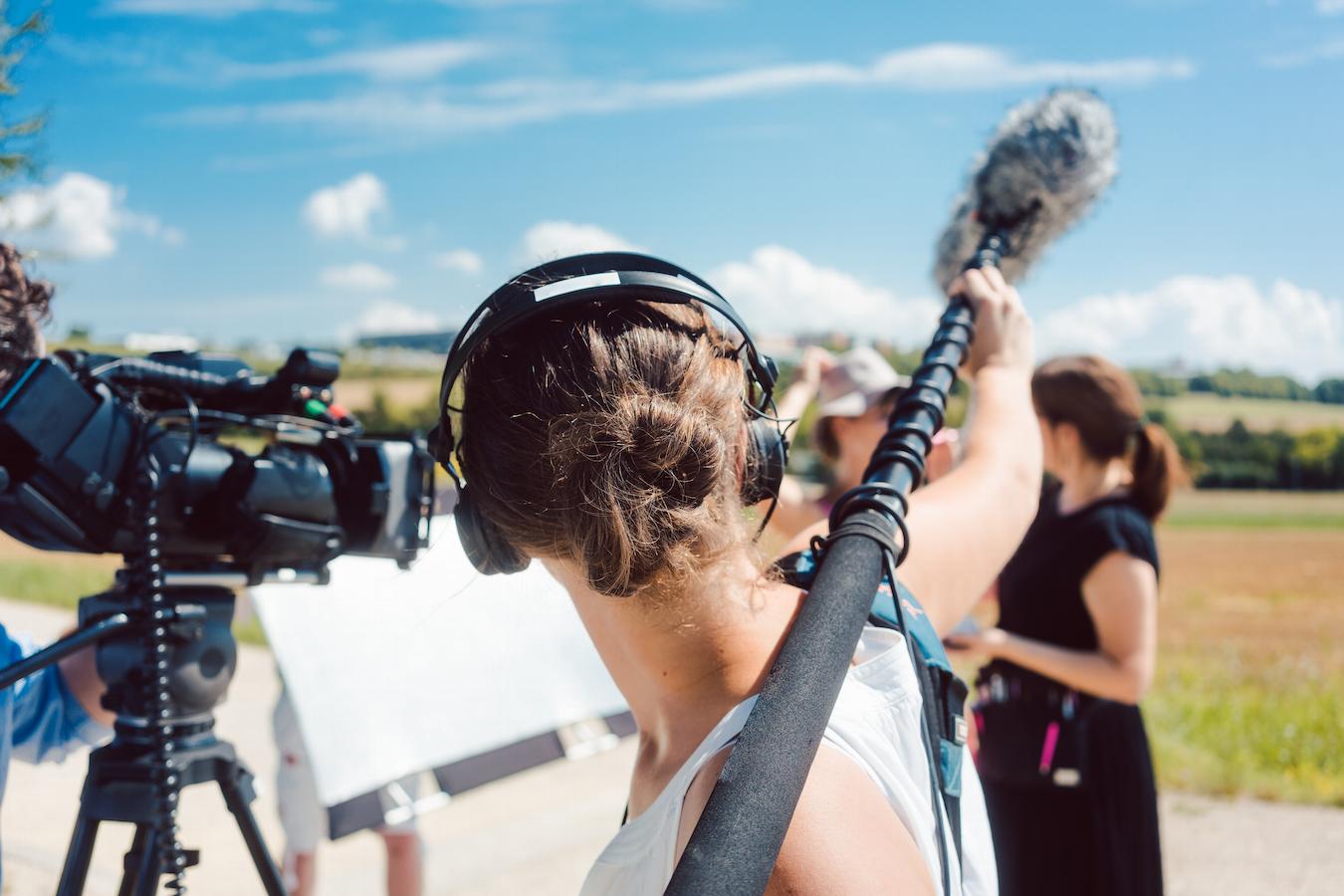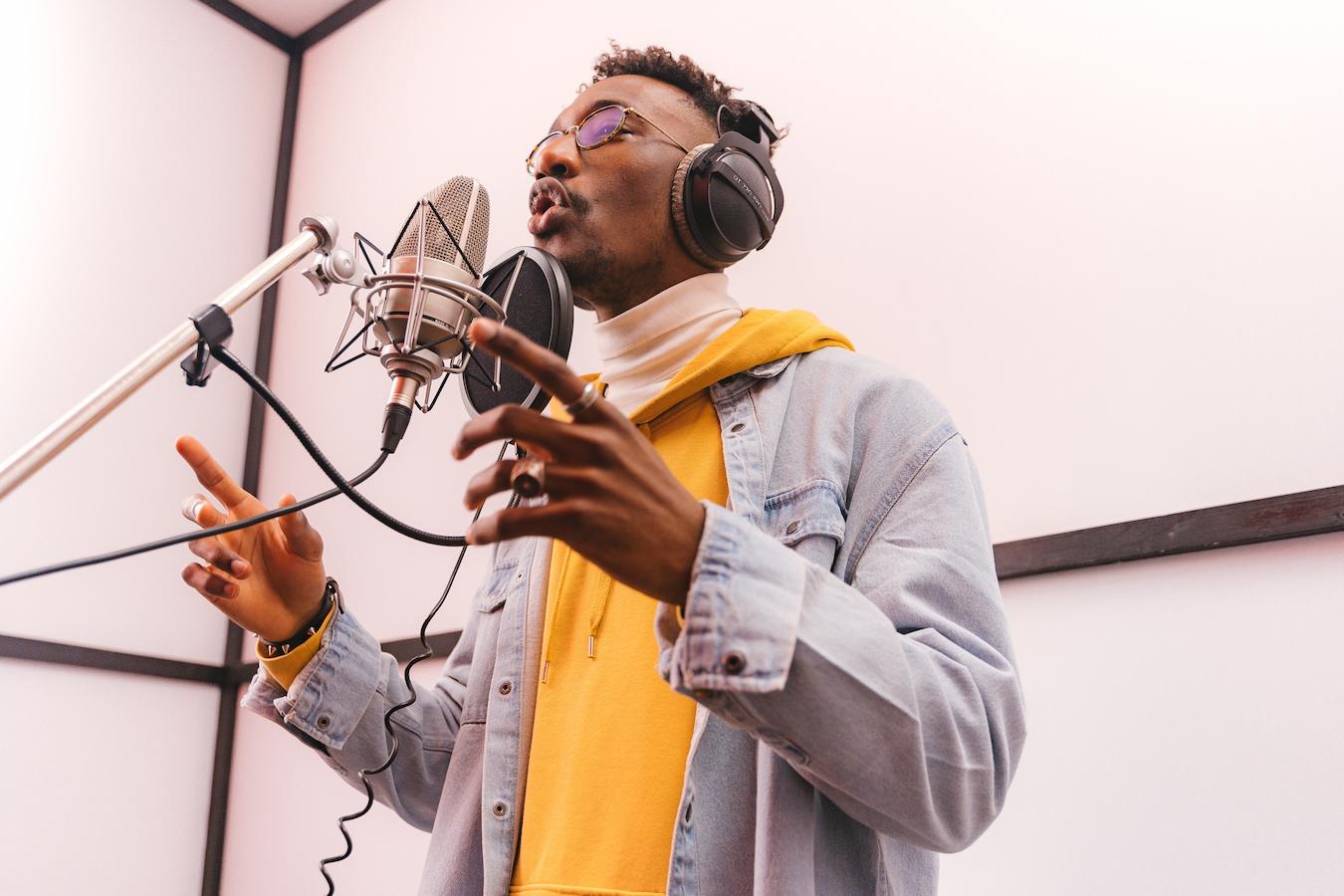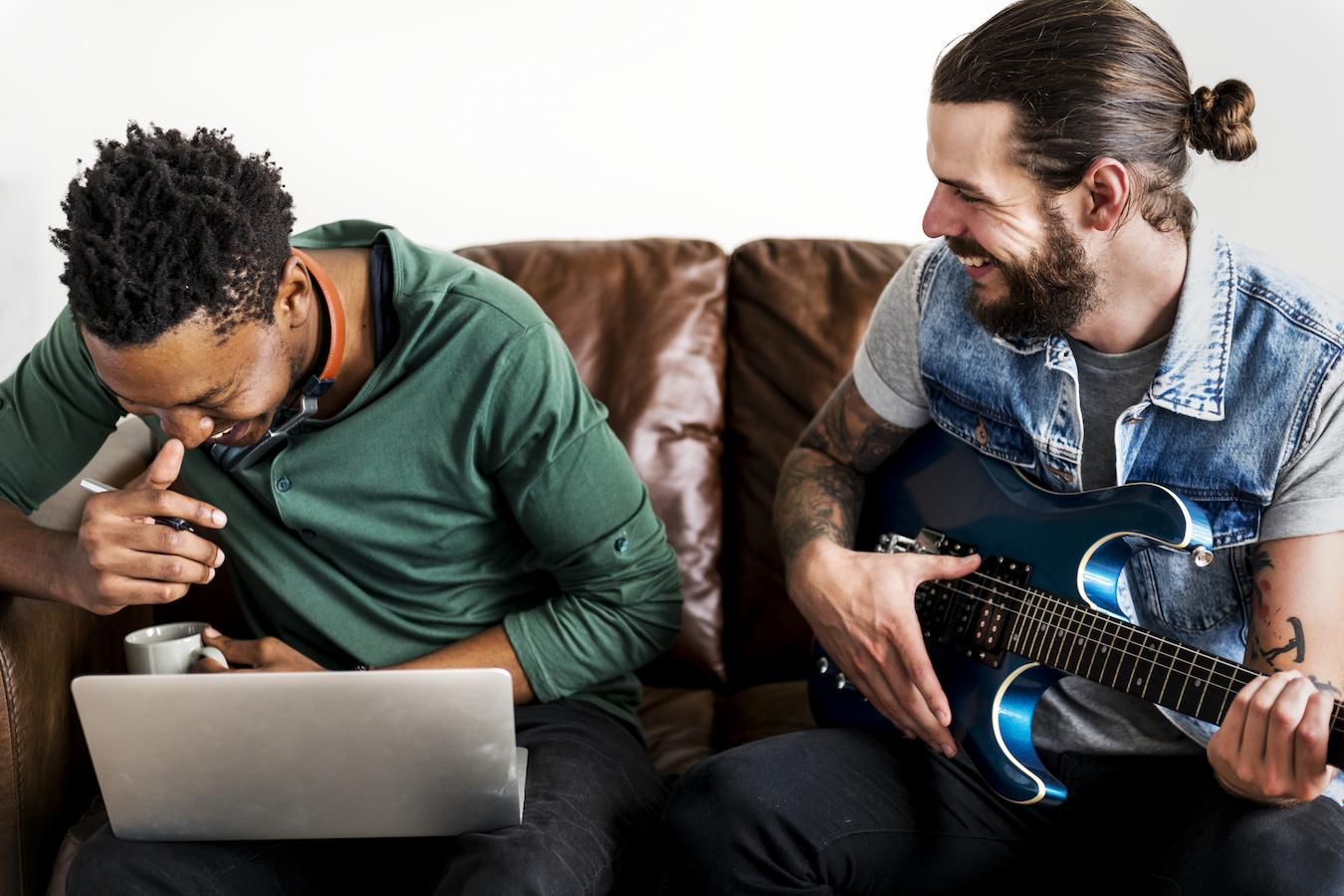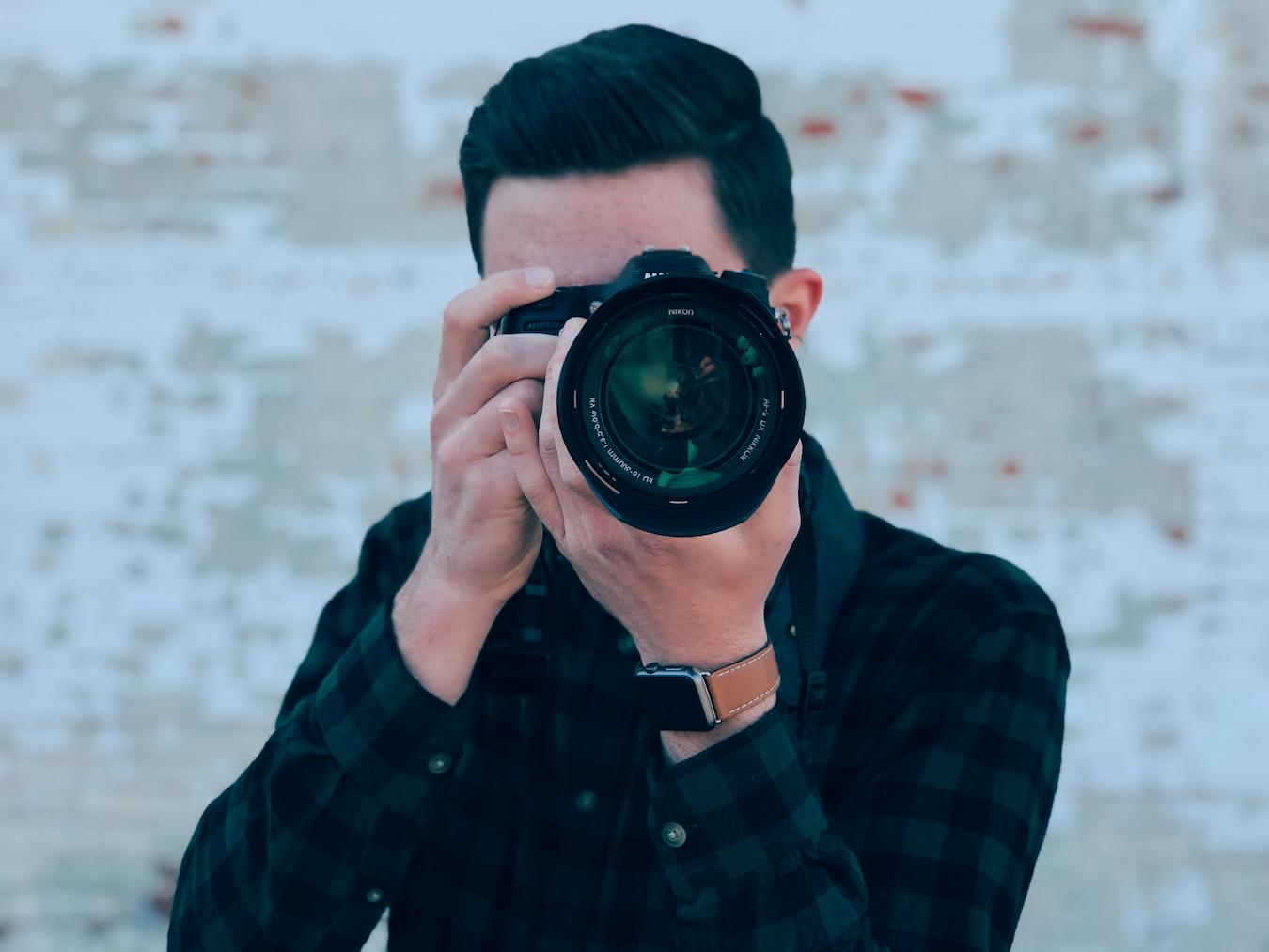If you are working on a major film production, you will likely have a team dedicated to audio that includes recording engineers, sound mixers, and so forth. Sometimes, though, you have to make your audio sound great with what you’ve got, and that may not always include an entire team or big budget. Still, there are great ways to capture sound even with a low-budget production and a small crew. Let’s go over some of that sound advice (pun intended) below.
See Related: How Does Filming Work on a Sound Stage?
Good Equipment Makes a Difference
When recording audio, the quality of sound you ultimately end up with has a lot to do with your recording equipment. It seems obvious, but some folks still rely on the built-in mic on their camera, and don’t explore all the options available. The quality of your audio depends on several factors, but there’s no doubt that sound equipment such as your microphone is one of the most critical.
Whether using a versatile shotgun mic to pick up a wide range of sounds or a lavalier microphone to record quiet dialogue, you should be sure to take a tip from experts and get high-quality equipment whenever you can. The best things in life may be free, but that doesn’t hold true for microphones. B & H, a good source of all things audio and video, has a run-down of the different mics you might need while filming.
Stop, drop, and listen
If ensuring quality audio falls to you, make sure you set time aside to check sound levels and assess the scene before recording. Take a sonic inventory of the sounds that surround you. Pay attention to background noise, whether that be wind noise or intermittent traffic.
If you cannot control the environment in which you’re working, you can use things like windscreens, or heavier protection. Using such tools can help with sound quality.
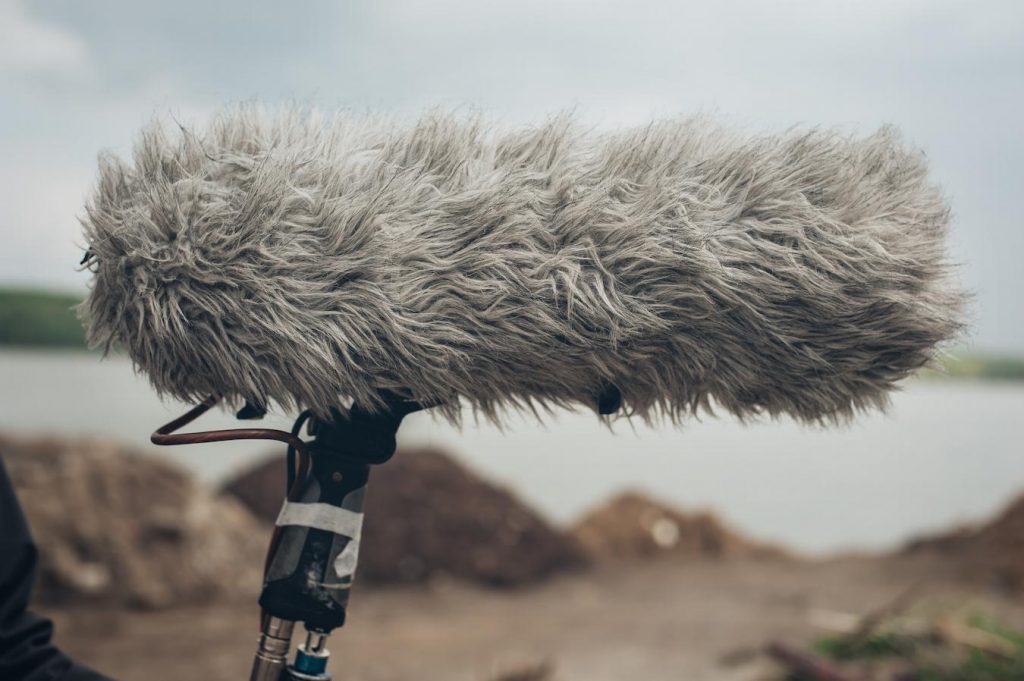
You can also take a sample recording for a minute or even less. If it can capture audio that you didn’t notice before, you may be able to find the source of the noise and address it before continuing. It’s better to identify an issue with audio before you film rather than having to fix it in post-production.
Bonus: How To Setup A Home Music Studio
Record Wild Sound in the Settings where you Shoot
It can be difficult to get the exact ambient noise you need to match a scene shot on location once you’re back in the production studio mixing audio. That’s why some sound mixers say you should record wild sound effects on site, after a scene is shot.
Not only is it free, but it will be a much better acoustic match to the audio you record than the canned sound effects available. If you check out this video from Aputure, you’ll hear another tip or two that might improve the audio recording of your next project.
As sound mixer Andrew Jones mentions in the video, you may also want to capture some wild lines, or multiple takes of the lines the actors say. That way, when you’re filming a reaction shot you don’t have to worry about syncing it up.
Recording audio correctly in the first place is your best bet. So whether that means getting a sampling of background noise or the audio from actors’ dialogue, it’s good to cover your bases and help out your future self (who will have to deal with any audio-related headaches in post).
Boom Perspective & Microphone Choices
We’ve already touched on the fact that the quality of your audio depends heavily on the microphones you use to record people and all the other sounds in the room. It also makes a difference which mic you use when. While you can’t control every element, you do get to decide which microphone you will use for each shot.
Placing a lavalier microphone on an actor can create a sense of closeness that may not be ideal for a wider shot. The visual the audience ultimately sees in a film should match the audio they hear.
A shotgun mic might make more sense in certain scenarios. A shotgun mic is better at rejecting ambient noise, and can be placed farther from the source of the audio you need to record.
Whether it’s connected to the camera or an external audio recorder, on a boom pole or not, it’s an important microphone to have as part of your recording kit. Whatever microphone you use in any given scenario, you want to be sure you are thinking about boom perspective and if you want a mic that makes you feel up close and personal or far out.
Using Compressors and Limiters
One way to make sure you get high-quality audio is to utilize audio equipment like hardware dynamics processors. If you make use of limiters and compressors it will help smooth out the audio signal. These tools enable one to get more level to the recorder.
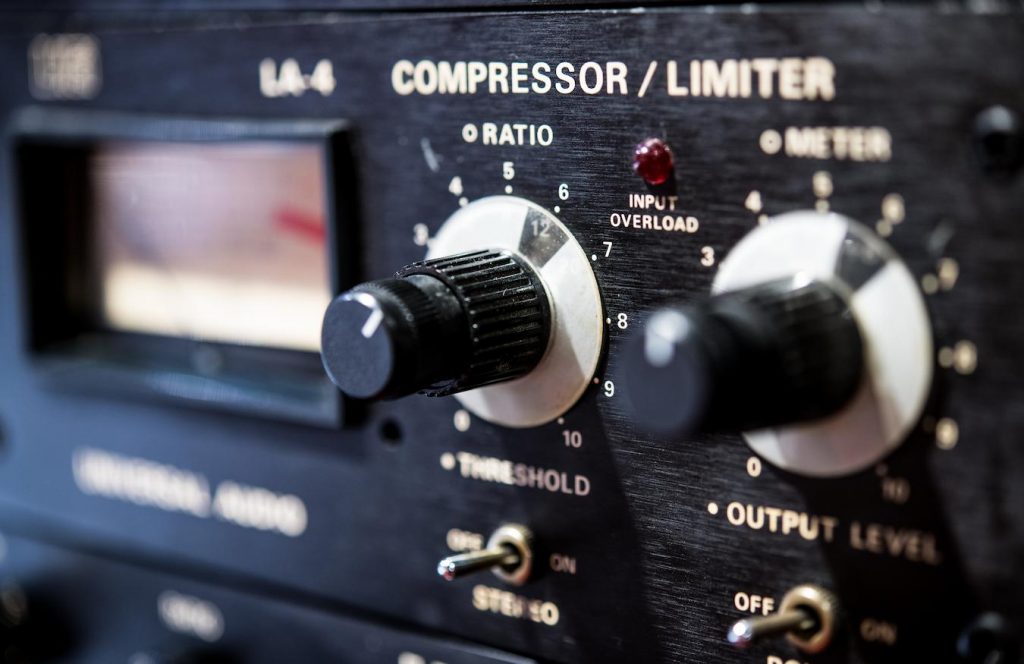
As Wikipedia puts it: compression is an audio signal processing operation that reduces the volume of loud sounds or amplifies quiet sounds, thus reducing or compressing an audio signal’s dynamic range.
Similarly, limiting is: any process by which the amplitude of a signal is prevented from exceeding a predetermined value.
Lots of portable field mixers have limiters that are built in, but you can also try to use these tools when working in the studio. Controlling noise extremes on set is important, and can help give you an edge in editing. That’s always a good thing.
The next time you’re working on a film production, perhaps you can use some of the tips above. It’s definitely well worth your time to revisit which microphone you rely on most, and whether they are serving your needs. You might also want to make room in your budget for additional audio equipment, or even ADR, to help give your film that extra purity in sound and professionalism. Whether you’re using a handheld digital recorder, an iPhone, or the highest quality audio equipment to record, it’s important to think through all your choices and check in with the experts. There’s almost always more to learn.
Keep Reading: What Is A DP In Film Production?
–
Mack Sennett Studios is a historic full-service photography studio, production sound stage, and private event space in Silver Lake, serving as creative home to the Los Angeles cultural renaissance for the last 100 years. Check us out on Facebook, Twitter, Vimeo, Pinterest, Yelp and Instagram.

